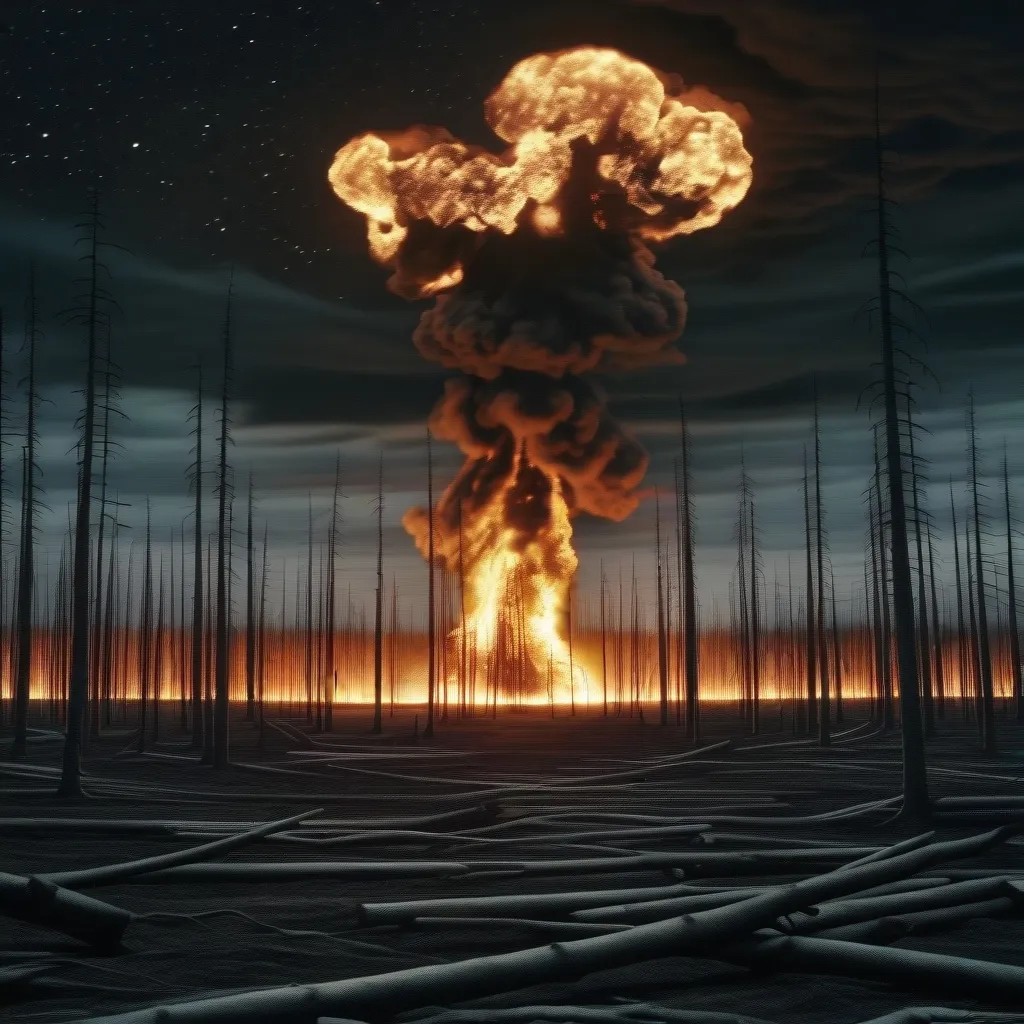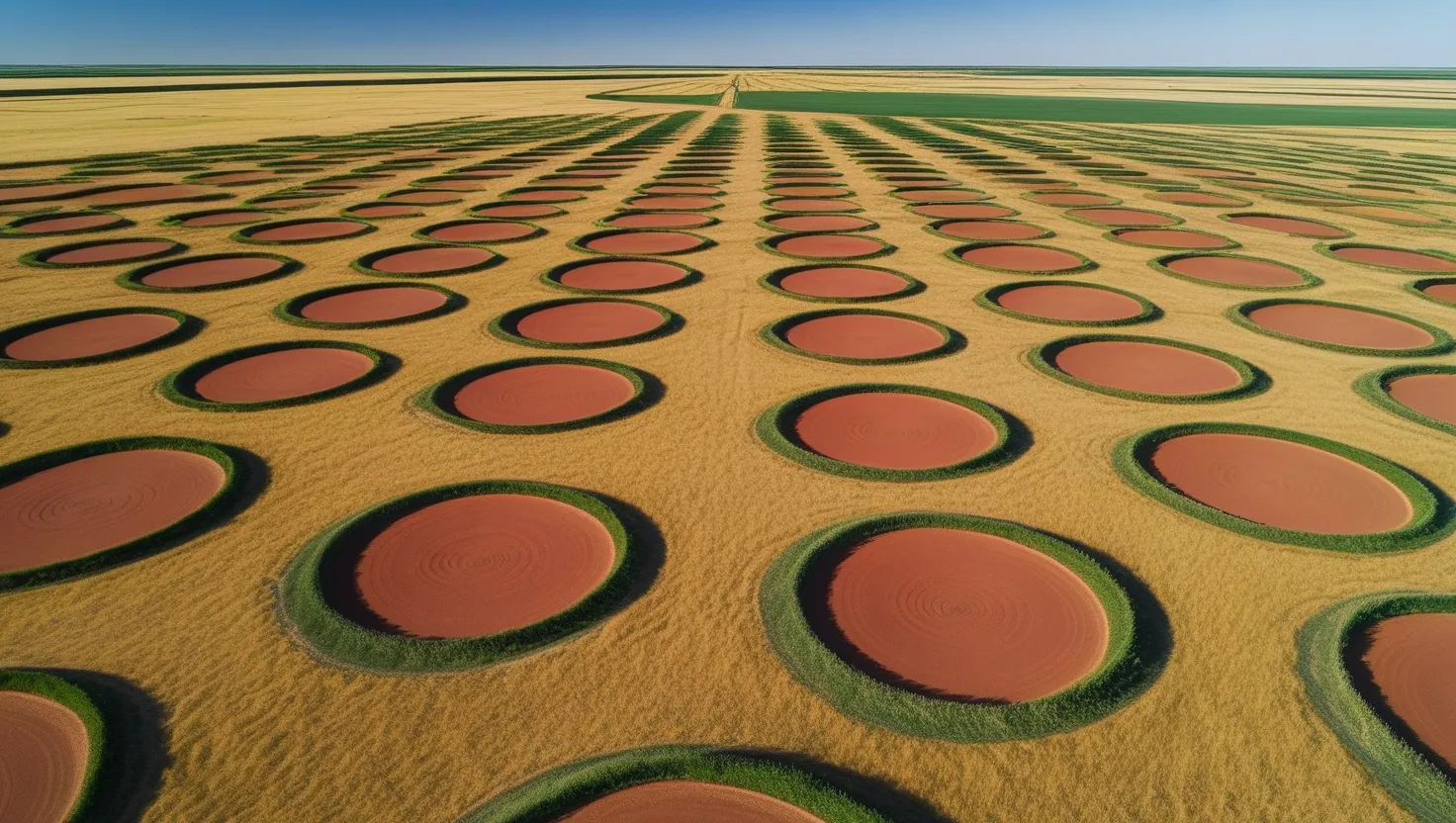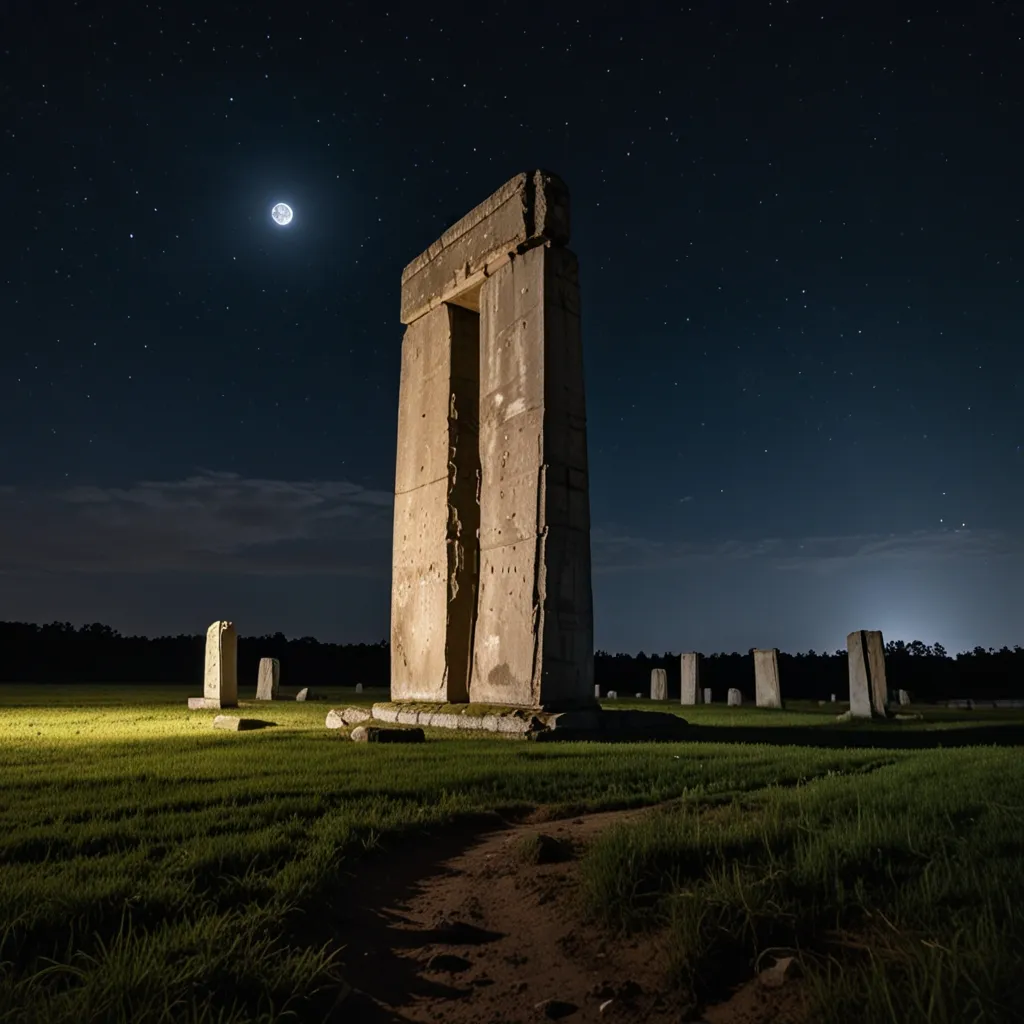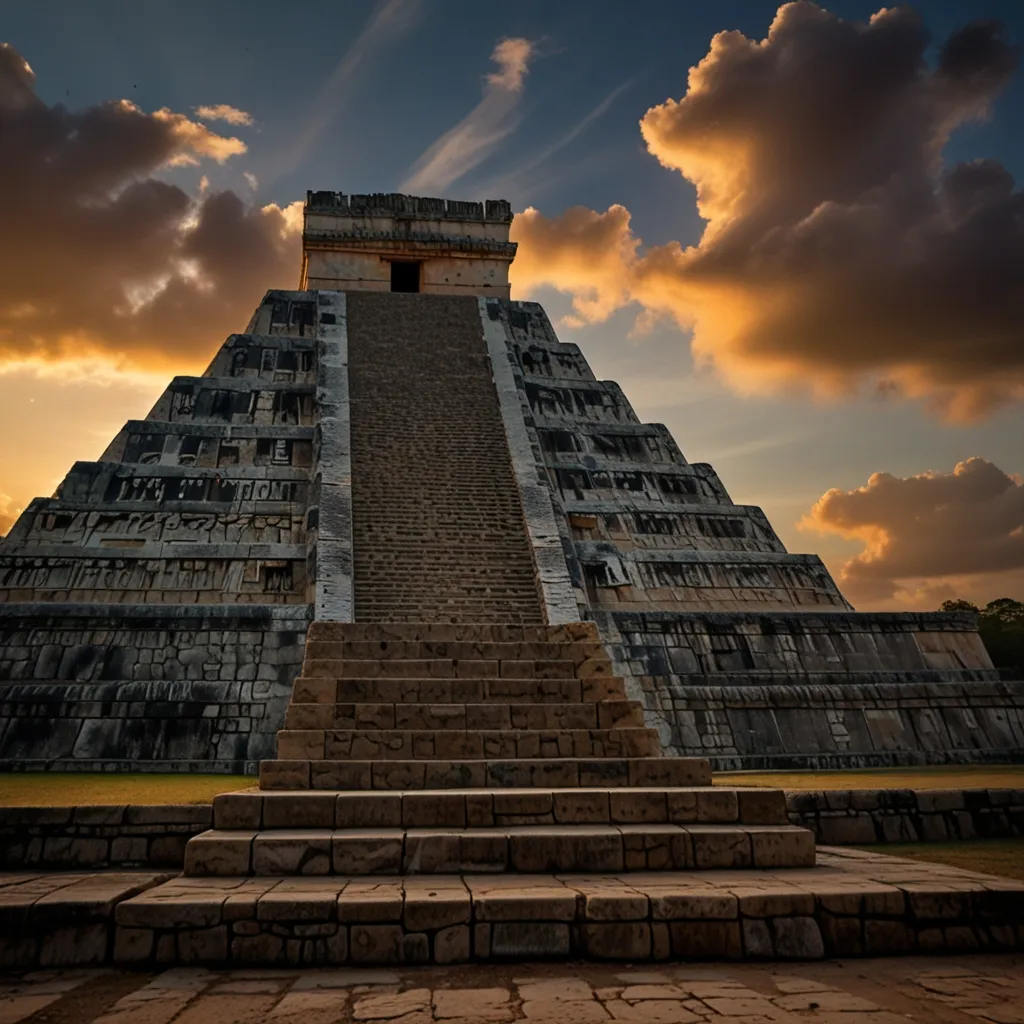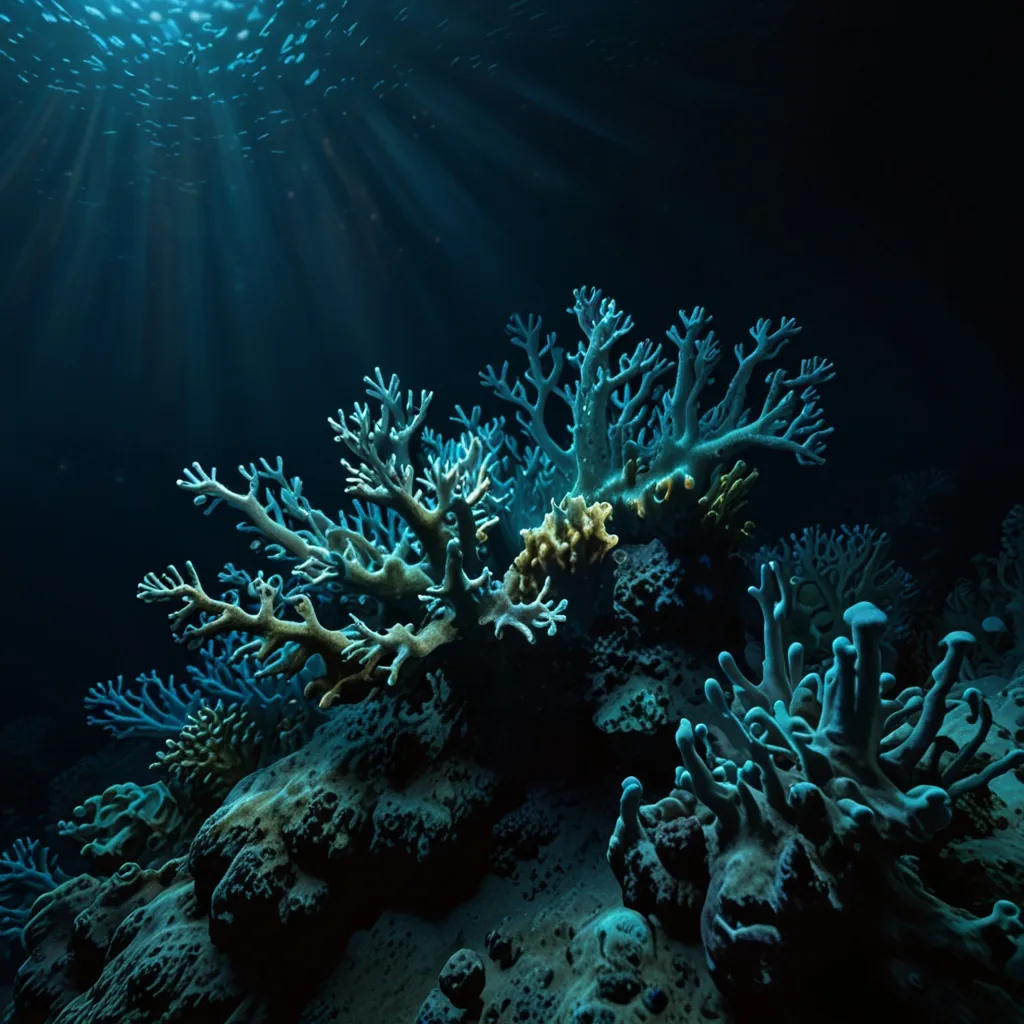The Tunguska Explosion: A Century-Old Mystery That Still Baffles Scientists
Picture this: It’s a quiet morning in the remote Siberian wilderness. The sun’s barely up, and the forest is just starting to stir. Suddenly, the sky lights up like it’s high noon. A massive fireball streaks across the horizon, followed by an ear-splitting boom that shakes the earth. Trees snap like twigs, and a blast of scorching air knocks you off your feet.
This isn’t the opening scene of a sci-fi movie. It’s what actually went down on June 30, 1908, in a little-known area near the Podkamennaya Tunguska River. The Tunguska explosion, as it came to be known, is one of those head-scratchers that’s been keeping scientists up at night for over a century.
Let’s break it down. This explosion was no joke. It flattened an area of forest roughly the size of London - we’re talking about 2,150 square kilometers of pine trees laid out like dominos. That’s about 80 million trees, give or take a few. The blast was so powerful that it shattered windows and rattled buildings hundreds of kilometers away. People as far as 800 kilometers from ground zero reported seeing that blinding flash of light.
But here’s where it gets weird. Despite all this destruction, nobody could find a crater. Nada. Zip. It’s like whatever caused this massive explosion just vanished into thin air.
So, what the heck happened? Well, that’s the million-dollar question, isn’t it? Scientists have been scratching their heads over this one for years, and they’ve come up with some pretty wild theories.
The most popular explanation is that it was an asteroid or a meteoroid that decided to play chicken with Earth’s atmosphere. The idea is that this space rock came hurtling towards us at a mind-boggling speed of about 55,000 kilometers per hour. That’s fast enough to make your head spin. As it hit our atmosphere, it heated up to a toasty 24,704 degrees Celsius. That’s hot enough to make even the sun break a sweat.
But here’s the kicker - this theory suggests that the asteroid or meteoroid never actually hit the ground. Instead, it exploded in mid-air, creating an airburst that packed one heck of a punch. It’s like the cosmic equivalent of a boxer’s uppercut - you don’t see it coming, but boy, do you feel it.
Now, some folks aren’t buying the asteroid theory. They’ve got their money on a comet being the culprit. Why? Well, after the explosion, people noticed some funky clouds in the night sky. These noctilucent clouds, as the science folks call them, are usually associated with comets. It’s all about the water vapor, baby. Comets are like cosmic snowballs, and when they get close to Earth, they leave behind a trail of water vapor in the upper atmosphere.
But wait, there’s more! A bunch of Russian scientists came up with a theory that’s straight out of a Hollywood blockbuster. They reckon it might have been an iron asteroid that pulled off the cosmic equivalent of a drive-by. According to them, this iron beast, somewhere between 100 and 200 meters wide, came screaming through Earth’s atmosphere at a crazy low altitude of about 11 kilometers. It was moving so fast that it created a shockwave powerful enough to flatten everything below it, but it never actually hit the ground. It just kept on trucking into space, leaving behind a trail of destruction and a whole lot of confused scientists.
This iron asteroid theory is pretty neat because it explains why we can’t find a crater or any significant chunks of space rock. The idea is that any bits that broke off the asteroid would have been so small that they’d look just like normal Earth stuff when they hit the ground.
But hold your horses, because not everyone’s on board with the whole space rock idea. Some scientists are looking a bit closer to home for answers. They’re thinking it might have been something to do with natural gas trapped in the Earth’s crust. One astrophysicist, Wolfgang Kundt, suggests that a bunch of natural gas might have leaked out of the ground, floated up to a certain height in the atmosphere, and then gone boom. It’s like a giant cosmic fart, if you will.
And then there’s the verneshot theory. This one’s a real doozy. It suggests that the Earth itself might have belched out a massive amount of energy, causing the explosion. It’s like Mother Nature decided to throw her own fireworks show.
Now, let’s fast forward to 2013. A smaller but similar event happened in Chelyabinsk, Russia. This time, scientists were ready with their fancy gadgets and were able to gather a ton of data. They used this info to create computer models of what might have happened at Tunguska. Their best guess? The Tunguska impactor was probably a stony body, about 50 to 80 meters wide, that came in hot at about 55,000 kilometers per hour and went kaboom at an altitude of 10 to 14 kilometers.
But the mystery doesn’t end there. Near the blast site, there’s this little lake called Lake Cheko. For a while, people thought it might have been created by the impact. But nope, turns out the lake’s been chilling there for at least 280 years, way before the Tunguska event decided to redecorate the landscape.
So, where does all this leave us? Well, to be honest, we’re still scratching our heads. Over 100 different theories have been proposed to explain what happened that day in Tunguska. Some are pretty out there, like alien spaceships and Tesla’s death ray (yes, really). But most scientists stick to the more down-to-earth explanations involving asteroids, comets, or natural gas explosions.
The Tunguska event is like that unsolved mystery in a detective novel that keeps you up at night. It’s a reminder that even with all our fancy technology and scientific know-how, nature can still throw us a curveball that leaves us stumped.
But here’s the thing - it’s not just about solving a century-old mystery. Understanding what happened at Tunguska could help us prepare for future cosmic close calls. I mean, imagine if something like that happened over a major city today. It would make your average disaster movie look like a picnic.
The good news is that Tunguska-sized events are pretty rare. Scientists reckon they only happen once every hundred years or so. But smaller space rocks buzz by Earth more often than you might think. That’s why astronomers are always on the lookout for near-Earth objects that might decide to pay us a surprise visit.
In the end, the Tunguska explosion remains one of those delicious scientific mysteries that keeps drawing us in. It’s a reminder that the universe is a wild and wonderful place, full of surprises. Who knows? Maybe someday we’ll crack the case wide open. Until then, it’s fun to imagine what might have happened on that summer morning in Siberia, when the sky lit up and the Earth shook, leaving behind a mystery that’s stumped some of the smartest people on the planet for over a century.
So next time you’re out stargazing, give a little nod to the night sky. Who knows what cosmic wonders - or terrors - might be hurtling our way? The universe is a big place, and we’re still figuring out how it all works. And isn’t that the coolest thing ever?
